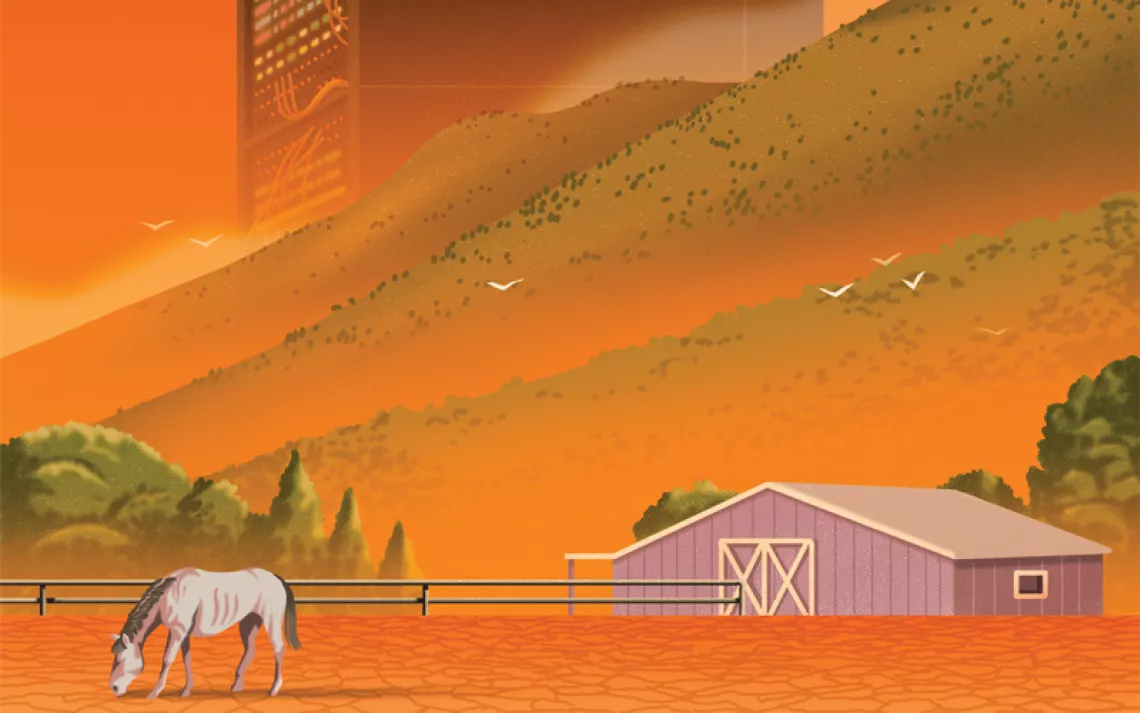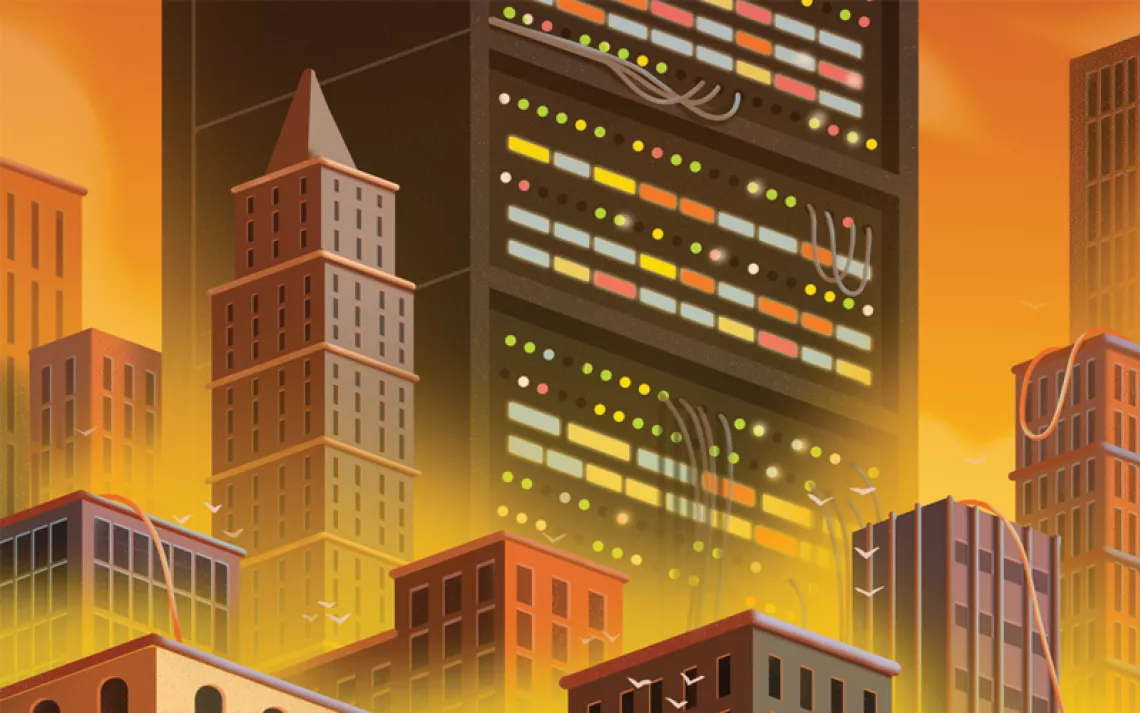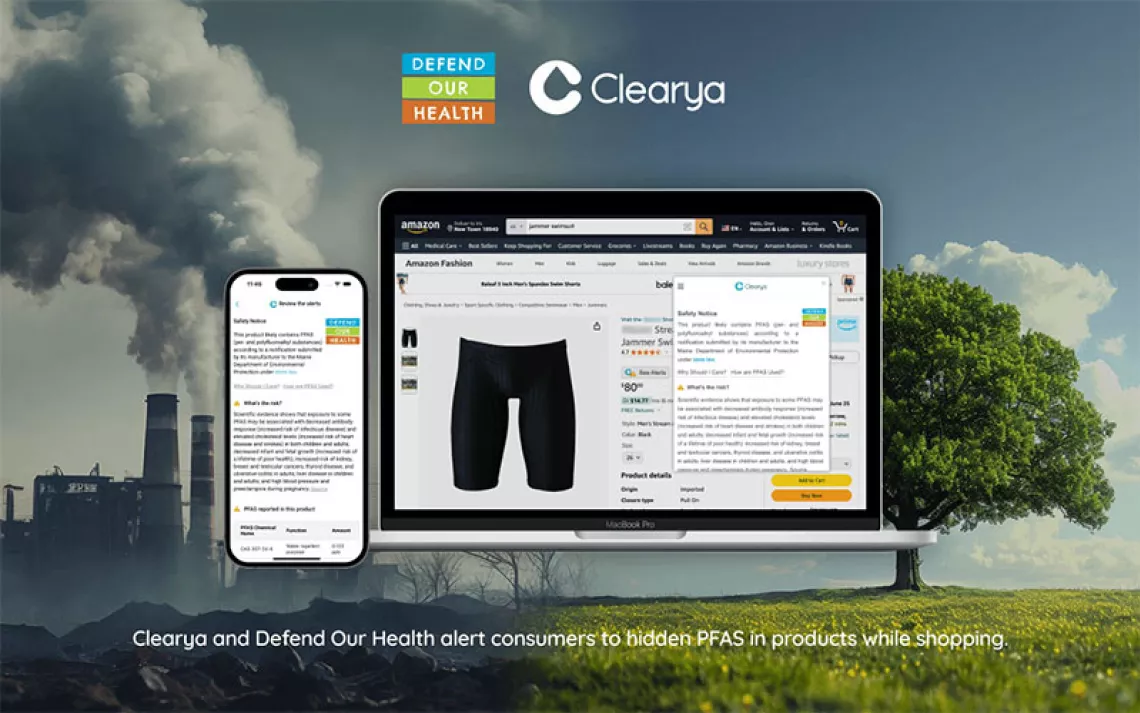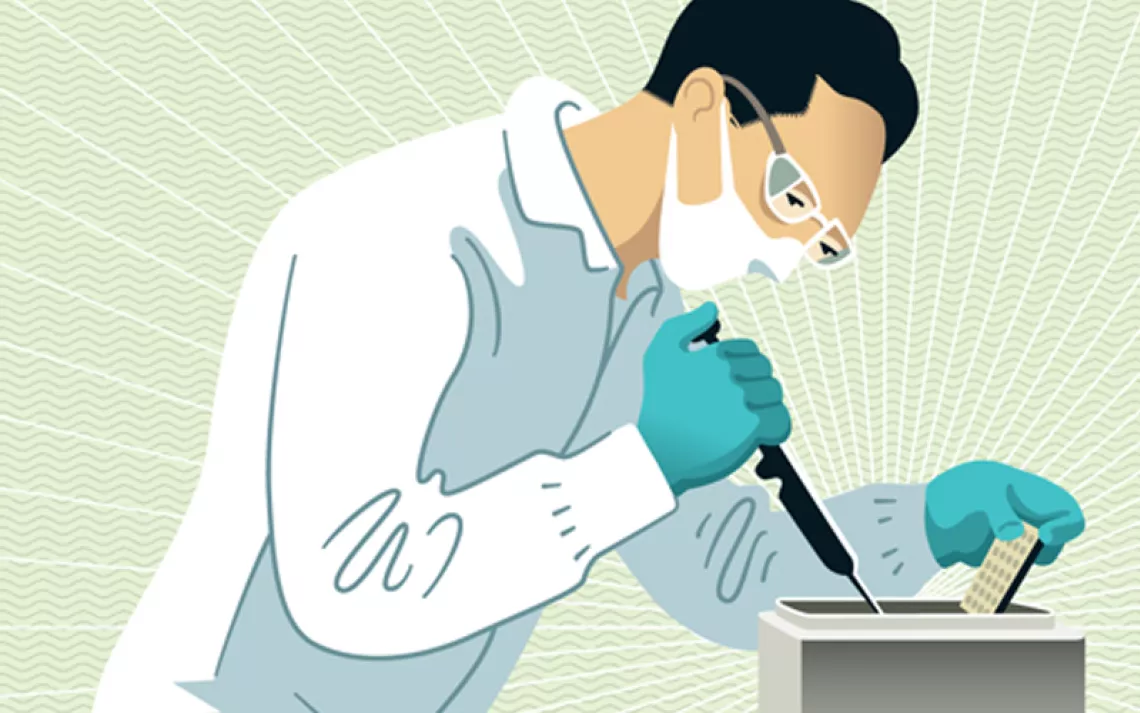How to Turn Crab Shells into Undies

Photo by iStock/PaulaConnelly
Ancient alchemists wanted to transmute base metals into noble ones, like gold. Today's alchemists try to convert garbage into—well, anything really. Are the answers to all our material desires lying at the bottom of the dumpster?
Sawdust Into Fuel
People have been trying to come up with clever uses for sawdust ever since Henry Ford famously popularized the charcoal briquette as a way to use up shavings from the wooden parts of his Model Ts. Now researchers at the Centre for Surface Chemistry and Catalysis at Belgium's University of Leuven have done him one better, successfully transforming sawdust into the building blocks of a fuel that could have powered said motorcars. In fewer than six hours, they can refine the long carbon chains found in cellulose into hydrocarbons that can be mixed with traditional gasoline, or used to make plastic, rubber, insulation, nylon, or other materials traditionally derived from nasty petrochemicals.
Methane Into Shampoo Bottles
Produced by sewage, landfills, and livestock, methane is a greenhouse gas 86 times more powerful than carbon dioxide. But a San Francisco company called Mango Materials has found something useful to do with the stuff: turn it into plastic. The company uses methane vented from sewage plants, landfills, farms, and factories to feed naturally occurring bacteria that produce a biopolymer called PHB inside their cell walls. Similar to polypropylene, PHB can be used in food packaging, shampoo bottles, and toys. The technology is still in the early stages, but Mango Materials CEO Molly Morse says that because methane is so inexpensive and plentiful ("Wherever there are people, is methane," she told Plastics Today), the biopolymer can be cost-competitive with conventional, petroleum-based plastic. And when the methane-derived variety finally gets tossed in the trash—as plastic inevitably does—it can be converted back into methane and used again.
Crab Shells Into Undies
Each year, the Alaska seafood industry produces 2 billion pounds of waste. Fishing captain Craig Kasberg of Tidal Vision wants to use that waste to manufacture chitosan, a polymer (produced from shrimp and crab shells) that can be made into naturally antibacterial workout gear, T-shirts, boxers, and socks. "It sounds counterintuitive—when you think of a crab shell, you think of this really rough, hard surface," he admits. But once ground up and processed in an ionic solution, an Alaskan king crab shell yields as much as 82 percent of its weight in chitin, the raw material for chitosan. Not only does it lose its fishy smell, but its natural antimicrobial properties yield odorless clothing. Kasberg hopes to eventually install modular processing facilities next to crabbing and shrimping operations.
 The Magazine of The Sierra Club
The Magazine of The Sierra Club



